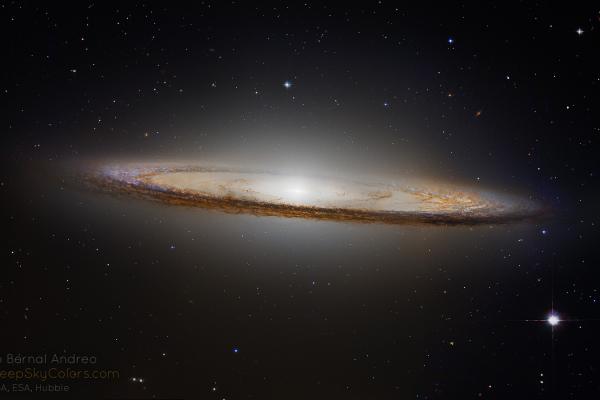
Title: Directly tracing the halo-scale gas flows that govern galaxy evolution at z~1
Abstract:
The circum-galactic medium (CGM) is at the nexus of the gas inflows and outflows that regulate galaxy evolution. Consequently, the CGM provides an ideal laboratory for studying galaxy fueling, feedback, and interactions. Historically, studies of the CGM primarily relied on background absorption spectroscopy, which enables uniquely sensitive probes of intervening gas but lacks the spatial information needed to differentiate the origins of CGM gas flows unambiguously. Recently, the advent of wide-field optical integral field spectrographs enabled the discovery of giant (>50 kpc) scale CGM nebulae around quasars in non-resonant, rest-optical emission lines, providing unique 3D (2 spatial + velocity) maps of the CGM. In this talk, I will present results from recent and ongoing surveys that enable simultaneous observations of the CGM in absorption around foreground galaxies and emission studies of the CGM around quasar hosts at z < 1 in rest-frame optical lines. I will focus on a newly discovered system that enables us to trace cool accretion over 100 kpc from halo scales and into the ISM of a quasar host and connect to inflowing gas observed in down-the-barrel spectra of the quasar. Finally, I will conclude by highlighting upcoming results from a survey of halos-scale emission in a sample of 30 quasar hosts at z < 1 and highlight future prospects with upcoming instrumentation on Magellan and the E-ELT.
